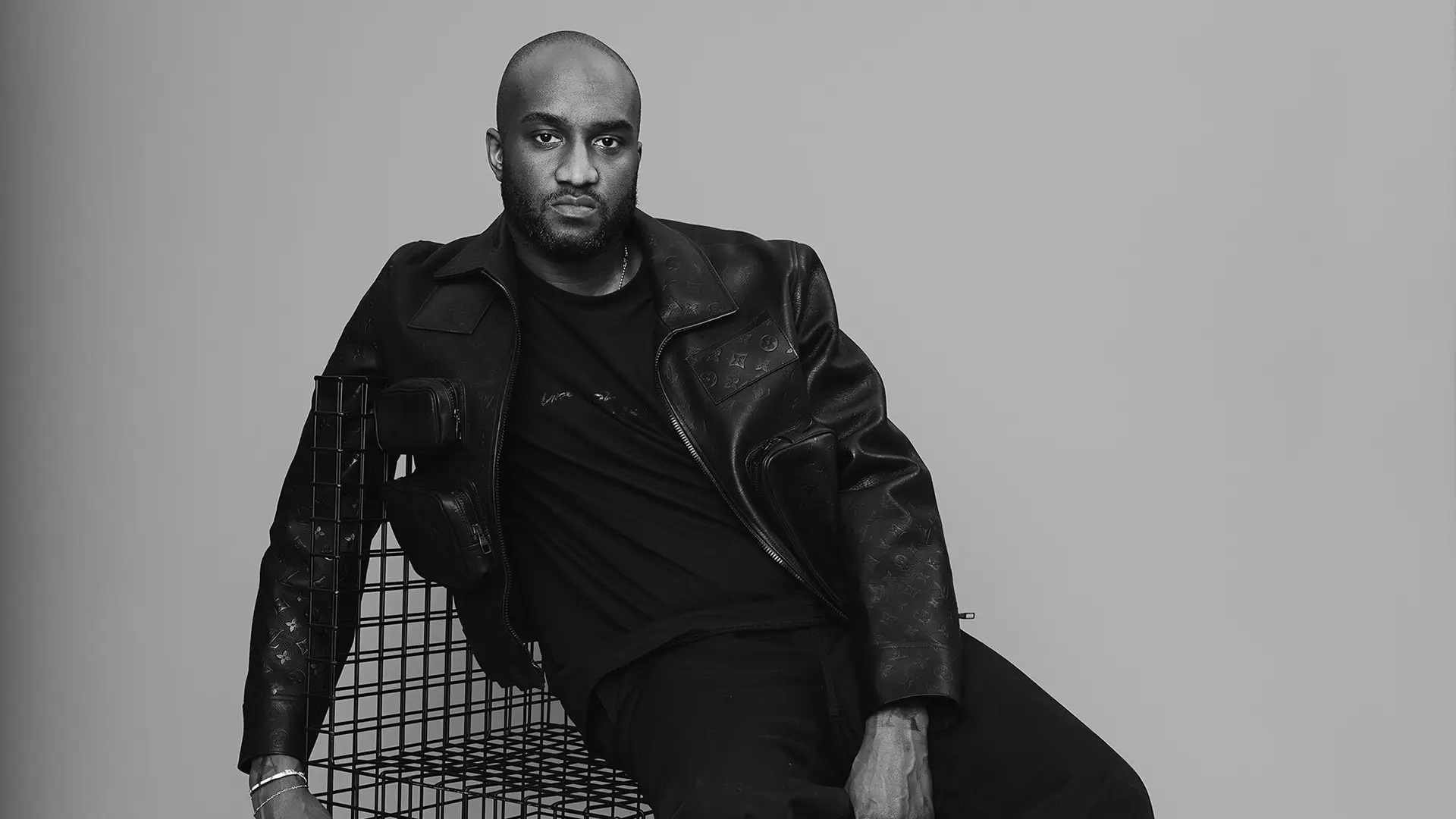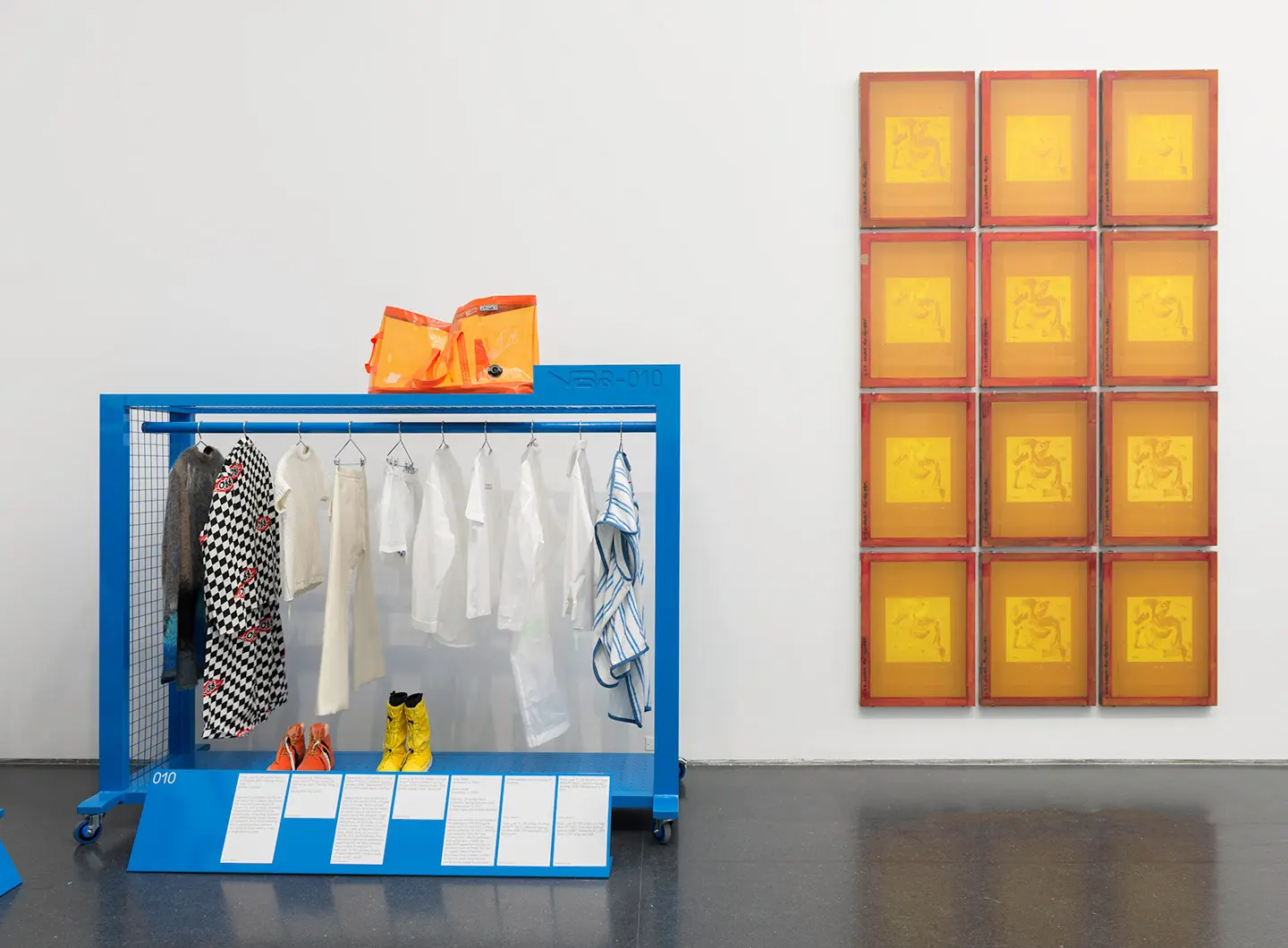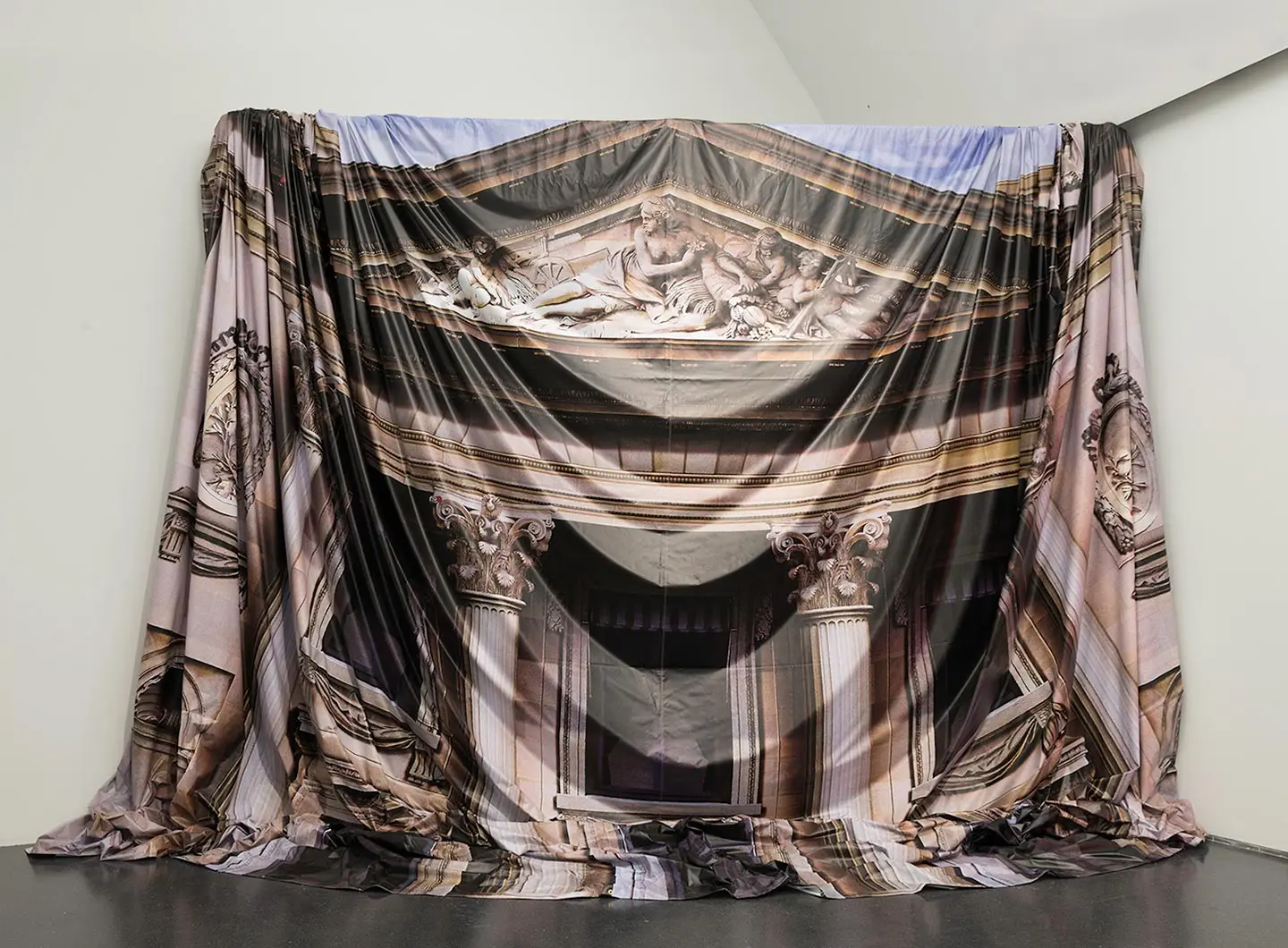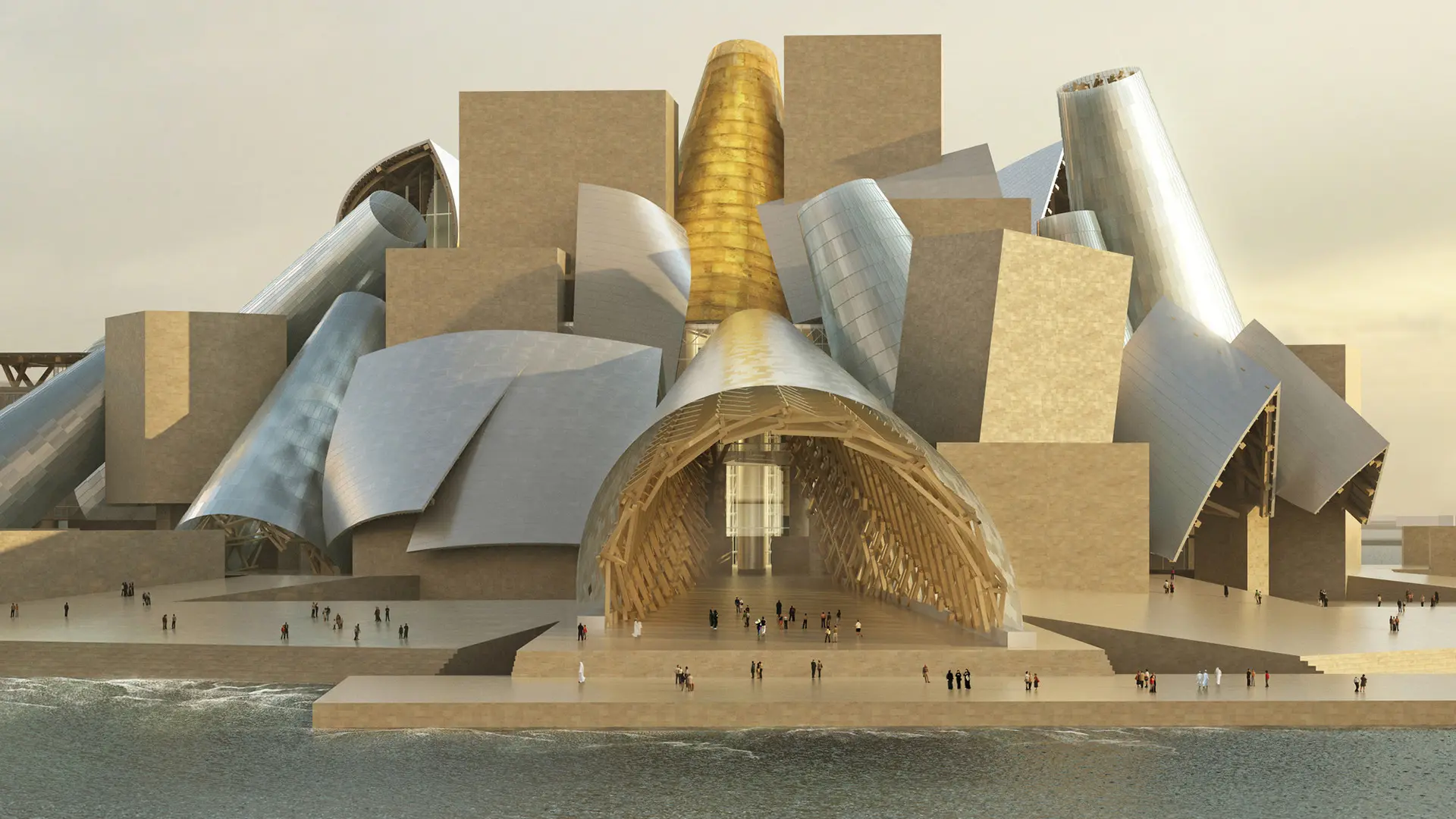From BIG to David Chipperfield, Frank Gehry to Snøhetta: a world tour of the best buildings set to open in 2026

photo by Bogdan @Chilldays Plakov
His declared aim is to change the future history of creativity. In both fashion and in design. He thus overturns certainties and expectations with his own, very personal approach.
Born in 1980, Virgil Abloh is an American with Ghanaian roots. He is also one of today’s cult people, adored by teenagers, loved by Millennials and well-known to anyone in the fashion, design and creative world. He has already gone down in history thanks to his millions of social media fans, his highly imaginative collections, his stunning fashion shows, his furnishings for the many and the few, and especially for his extremely personal hallmark approach, crammed with artistic references and subversive elements, reinterpreting history and tradition in a contemporary key. He has turned the canons of contemporary fashion on their head with his perfect blend of luxury and streetwear, including The Ten capsule collection for Nike. His interest in the fashion world, which later ignited the hearts of an ever-increasing public, was piqued by a building by Rem Koolhaas on the university campus where he studied architecture. So, he’s an architect, but he also has a degree in civil engineering and is a stylist – he set up Off-White, a brand headquartered in Milan in 2013 – and a creative – he was appointed artistic director for Louis Vuitton Menswear in 2018. He is also a designer – he devised IKEA’s limited edition Markerad collection, revisiting a range of everyday objects, and designed a furniture line for his own Off-White brand. He is also an artist, staging an upcoming exhibition of one-off furnishing pieces for the Galerie Kreo in Paris. A decidedly electic and multifaceted figure, he loves questioning assumptions and subverting expectations. The Museum of Contemporary Art of Chicago recently held a retrospective of his work, entitled Figures of Speech.
My curiosity brought me to study architecture. Already attaining a degree in civil engineering, I was still intrigued to learn more about art history and design in general. So I received a Master of Architecture degree from Illinois Institute Of Technology. While this took place as my adolescence started, It was equally important to me at the time by what was happening with pop culture, Art, music, the fashion of the 90s became my religion as well.
It highly influenced my design method. I think like an architect was trained. Architecture is universal in my mind. It’s a series of internal questions and answers I solve for my self to merge different disciplines to make one multilayered message.
I actually think nowadays it’s more difficult to stay within one lane than work in different fields. The world naturally and simply doesn’t exist in a laboratory. We now know one discipline affects another. Especially in the age of the internet information has now spread globally faster than ever. My art and design practice is distinctly made to highlight this moment in culture. For me, we are in a renaissance of a new kind.
The larger narrative is that world as we know it is man-made. We have designed our box and we live in it. My work stands to show that the box can be individually remade and can exist inside and outside a larger context. Whether it’s worlds of fashion, music, art, furniture I can leave evidence that I existed in one or all. The ultimate goal for me is to alter the future history of creativity, and that can be done by being linked with the younger generation.
In a way, I am un-programming what I thought was impossible when I was young so that the next generation can break more barriers of antiquated thoughts.
I think the domestic future will be a collage of things from the past and future. I think how we as humans use space and objects will be in a different relationship than the past. A renting economy is much more logical in 10 years that owning anything specific.
Anything that has an emotional satisfaction by being adjacent to a person makes a home. It could be a cellphone and WiFi password just as much as it can be a couch or a piece of found art. That fact that this is a modern truth leaves me infinitely inspired.
My home is my mood board for all these ideas yes. I arrived at these ideas by living within this mentality.
The youth will always win.

A Matter of Salone: the new Salone communication campaign
From a reflection on humans to matter as meaning: the new Salone communication campaign explores the physical and symbolic origins of design, a visual narration made up of different perspectives, united by a common idea of transformation and genesis


Salone 2025 Report: The Numbers of a Global Event
Data, analyses, and economic, urban, and cultural impacts. The second edition of Salone del Mobile’s “Milan Design (Eco) System” Annual Report takes stock of a unique event and consolidates the fair’s role as the driving force behind Milan as the international capital of design



 Stories
Stories
















